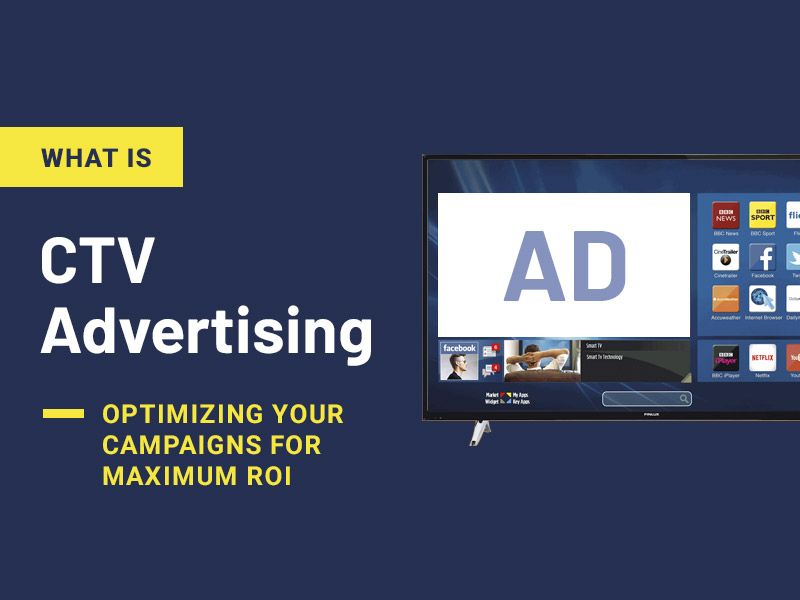In today’s rapidly evolving digital landscape, paid advertising has become a crucial component of any successful marketing strategy. With the right approach, paid advertising can help businesses reach their target audience, drive traffic to their website, and ultimately increase their revenue. However, without a well-thought-out strategy in place, businesses risk wasting their advertising budget and seeing little to no return on investment (ROI). In this article, we will discuss some key tips for maximizing your ROI from paid advertising campaigns.
1. Define Your Goals
Before launching any paid advertising campaign, it is essential to clearly define your goals. Are you looking to increase brand awareness, drive sales, generate leads, or all of the above? By understanding your objectives, you can tailor your advertising strategy to achieve the desired results. Additionally, setting specific, measurable goals will allow you to track the success of your campaigns and make adjustments as needed.
2. Know Your Audience
Understanding your target audience is crucial for creating effective paid advertising campaigns. Take the time to research your audience’s demographics, interests, and online behavior to ensure that your ads are reaching the right people. By tailoring your messaging and creative assets to resonate with your audience, you can increase engagement and improve the overall performance of your campaigns.
3. Choose the Right Platform
With a variety of paid advertising platforms available, it can be challenging to know where to invest your ad spend. Consider the nature of your business and target audience when choosing a platform. Social media platforms like Facebook and Instagram are great for reaching a broad audience, while Google Ads allows you to target users actively searching for your products or services. Experiment with different platforms to determine which ones yield the best results for your business.
4. Create Compelling Ad Copy
The success of your paid advertising campaigns hinges on the quality of your ad copy. Your ads should be clear, concise, and compelling, with a strong call-to-action that prompts users to take the desired action. Use persuasive language and highlight the unique selling points of your products or services to entice users to click on your ads. A/B testing different ad variations can help you identify which messages resonate most with your audience.
5. Optimize Your Landing Pages
Driving traffic to your website is only half the battle – once users click on your ads, you need to ensure that they have a seamless experience on your landing pages. Optimize your landing pages for conversions by ensuring fast load times, clear messaging, and user-friendly design. Use consistent branding and messaging from your ads to your landing pages to maintain a cohesive user experience and increase the likelihood of conversions.
6. Track and Measure Results
To maximize the ROI of your paid advertising campaigns, it is essential to track and measure key performance indicators (KPIs). Use tools like Google Analytics or Facebook Ads Manager to monitor metrics such as click-through rate, conversion rate, and cost per acquisition. By analyzing these data points, you can identify areas for improvement and make data-driven decisions to optimize your campaigns for better results.
In conclusion, paid advertising can be a powerful tool for driving growth and increasing revenue for your business. By following these tips and best practices, you can maximize the ROI of your paid advertising campaigns and achieve your marketing objectives effectively. Remember to continually test and iterate on your strategies to stay ahead of the competition and drive long-term success.
